Understanding Blockchain Rollups and Layer 2 Solutions in 2025
Understanding Blockchain Rollups and Layer 2 Solutions in 2025
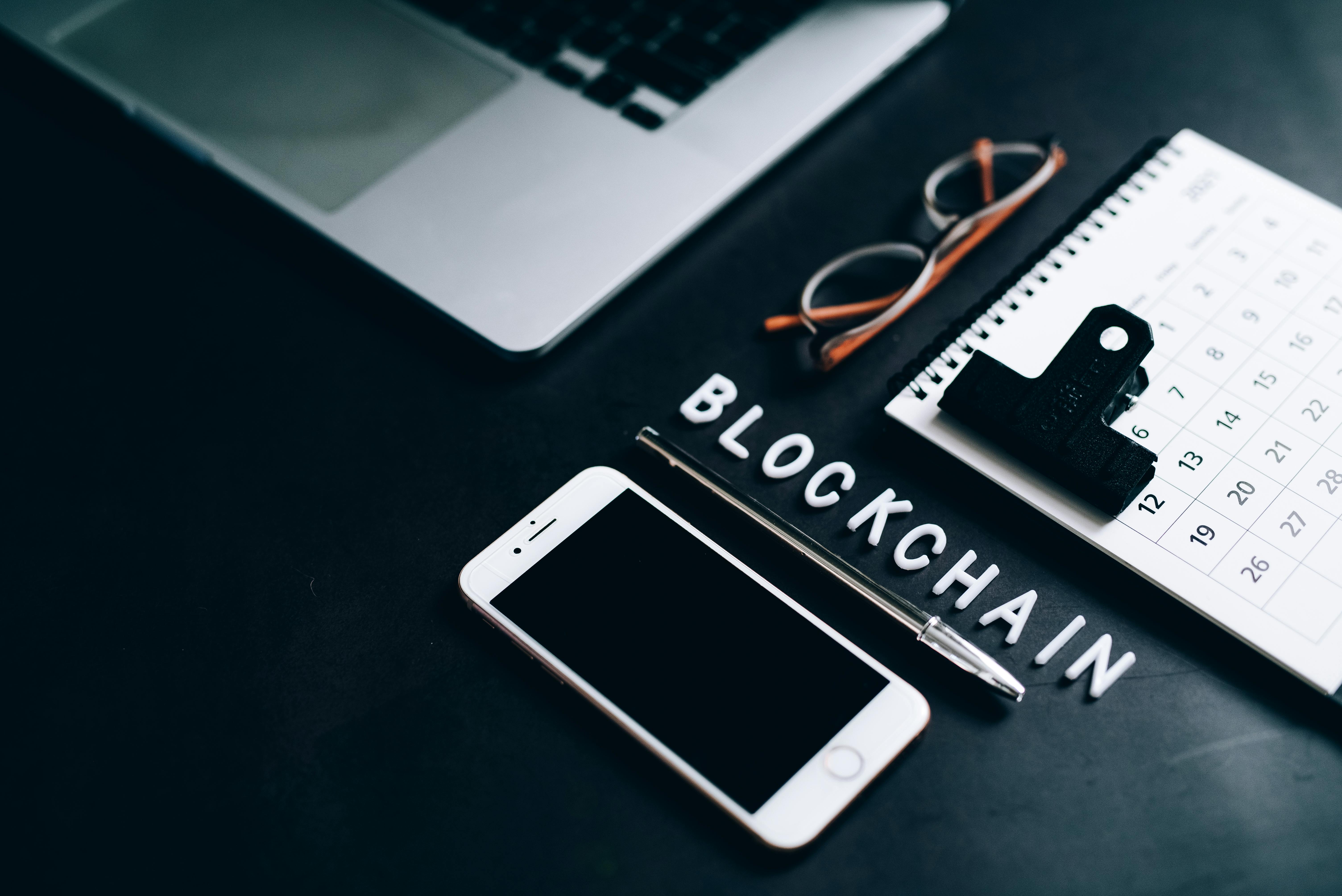
🌐 Why Blockchain Scalability Matters
Blockchain technology powers decentralized applications, from DeFi platforms like Uniswap to NFT games like Gods Unchained. However, Layer 1 blockchains like Ethereum face slow transaction speeds and high fees, limiting scalability. In 2025, Layer 2 (L2) solutions and rollups address these challenges by enabling faster, cheaper transactions while maintaining security. This guide explores L2 solutions, rollups, their mechanics, real-world applications, and how they differ from traditional blockchains, empowering readers to understand and leverage scalable blockchain technologies.
Explore Blockchain Scaling 🚀🔍 What are Layer 2 Solutions?
Layer 2 (L2) solutions are protocols built atop Layer 1 blockchains (e.g., Ethereum, Bitcoin) to enhance scalability and efficiency. They process transactions off-chain or in a secondary layer, reducing mainnet congestion while leveraging Layer 1 security. L2s lower fees and boost speed, enabling apps like Aave on Polygon to offer affordable DeFi lending. Common L2 types include state channels (e.g., Lightning Network), sidechains, and rollups.
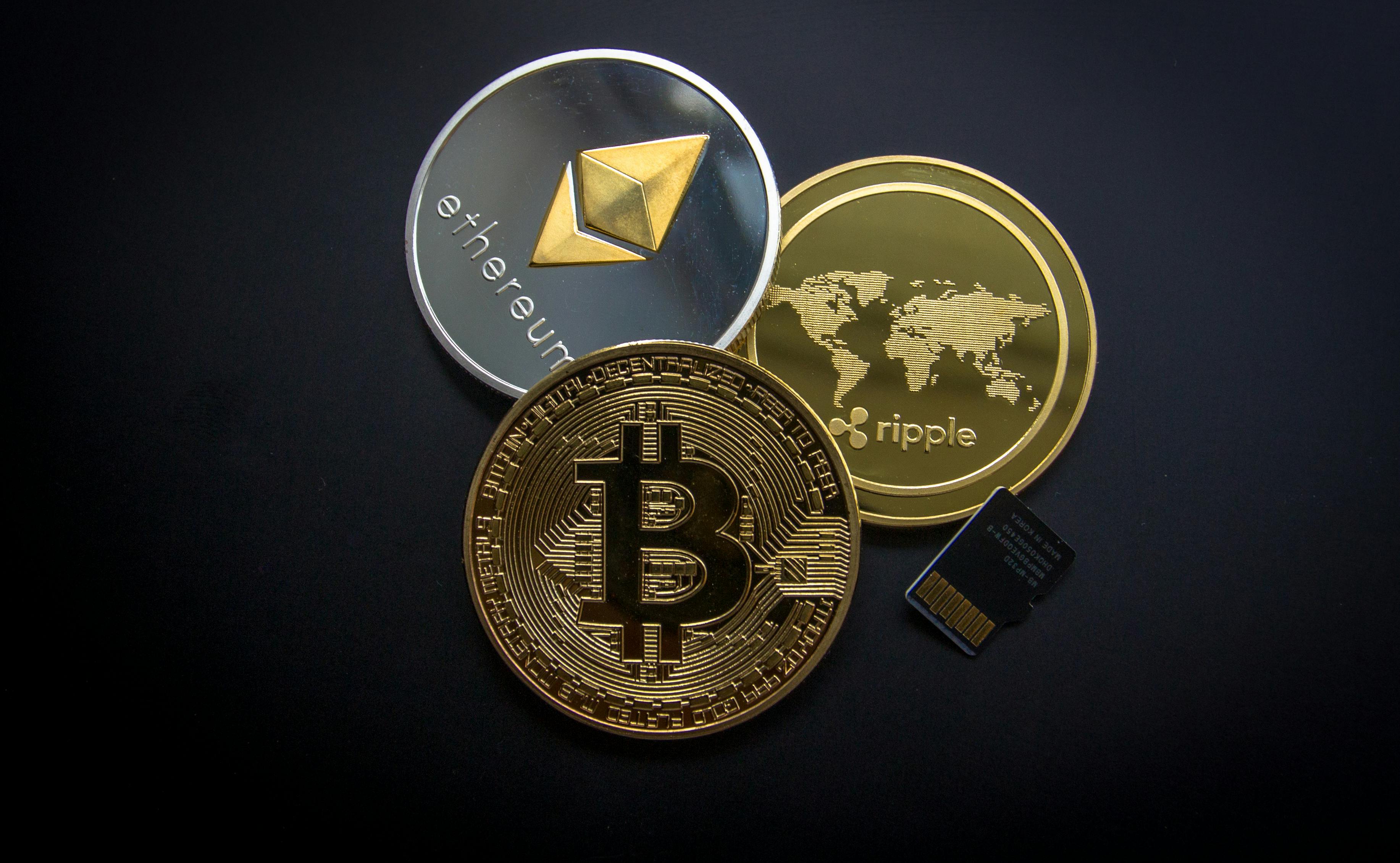
📦 What are Blockchain Rollups?
Rollups are L2 solutions that bundle thousands of transactions into a single batch, processed off-chain and submitted to Layer 1 (e.g., Ethereum) for verification. They reduce fees and increase speed while maintaining security. For example, Gods Unchained uses Immutable X’s ZK-Rollups for gas-free NFT trading. Rollups come in two types: Optimistic Rollups (assume validity) and Zero-Knowledge (ZK) Rollups (use cryptographic proofs).
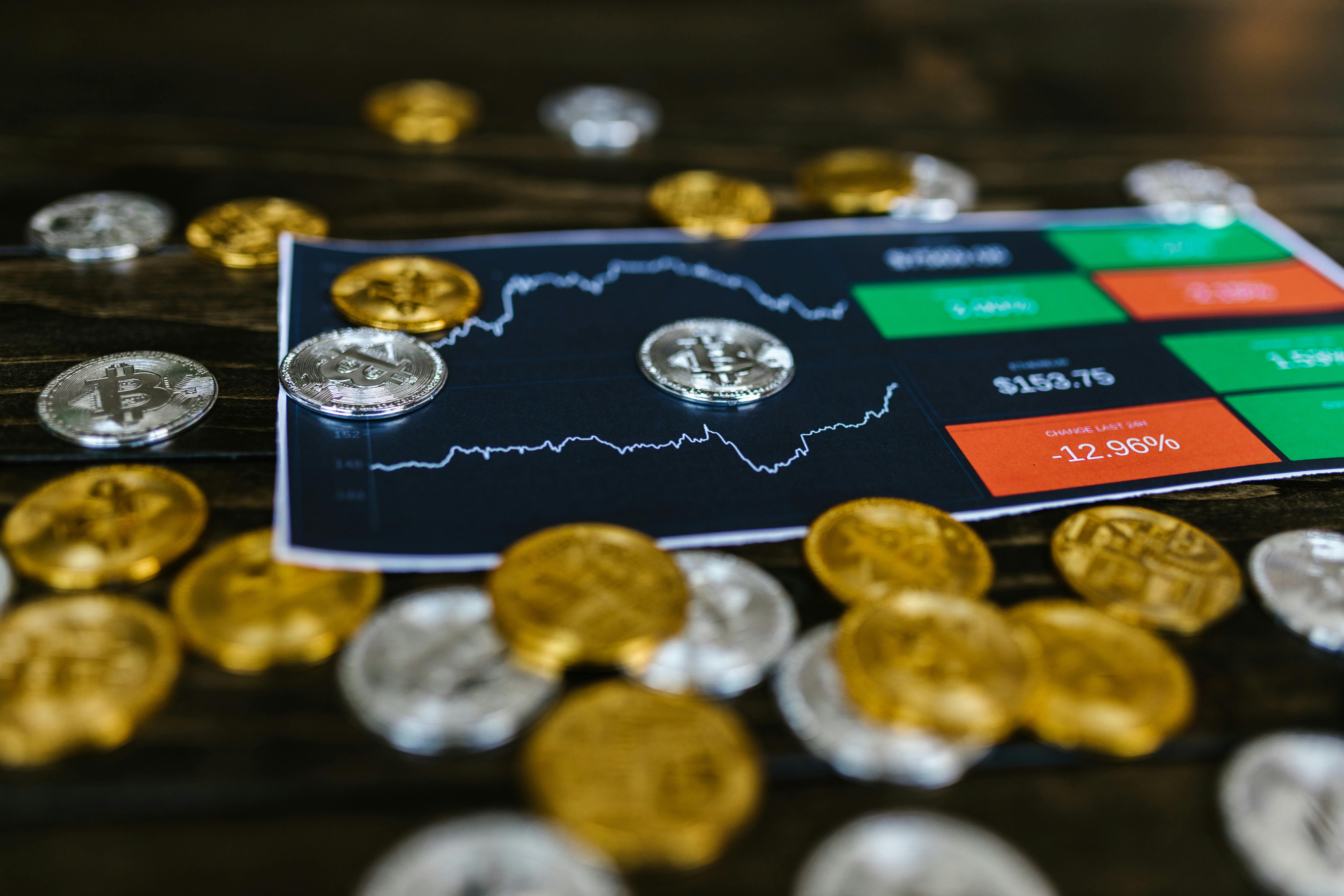
⚙️ How Rollups Work
Optimistic Rollups: These assume transactions are valid, processing them off-chain and posting compressed data to Layer 1 with a challenge period for fraud detection. Example: Uniswap on Arbitrum processes DeFi trades with low fees.
ZK-Rollups: These use zero-knowledge proofs to validate transactions off-chain, submitting a single proof to Layer 1. They’re secure but computationally complex. Example: Loopring enables fast, private DEX trades.
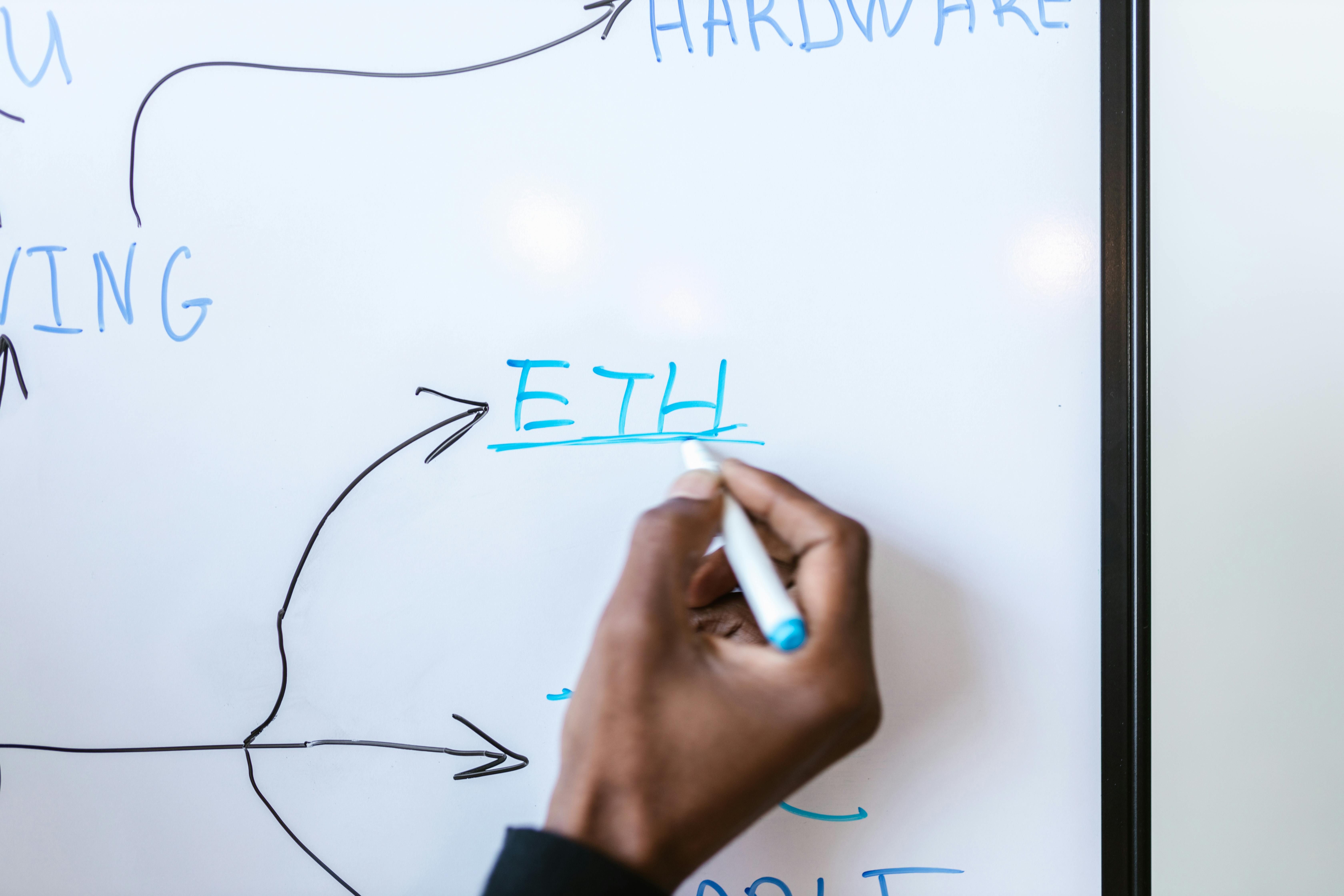
🌟 Examples of L2 Solutions and Rollups
⚡ Arbitrum (Optimistic Rollup)
Arbitrum scales Ethereum with low-fee DeFi transactions. Uniswap uses it for cost-effective trading, with 4,000 TPS and 95% lower gas costs.
Visit Site🔒 Immutable X (ZK-Rollup)
Immutable X powers NFT gaming like Gods Unchained, offering gas-free NFT minting and trading with high throughput.
Visit Site🛡️ zkSync (ZK-Rollup)
zkSync enables secure, low-cost payments and DeFi, used by platforms like Curve for efficient trading with privacy.
Visit Site🌍 Polygon (Sidechain/L2)
Polygon supports DeFi apps like Aave, with 65,000 TPS for low-cost lending and NFT trading on OpenSea.
Visit Site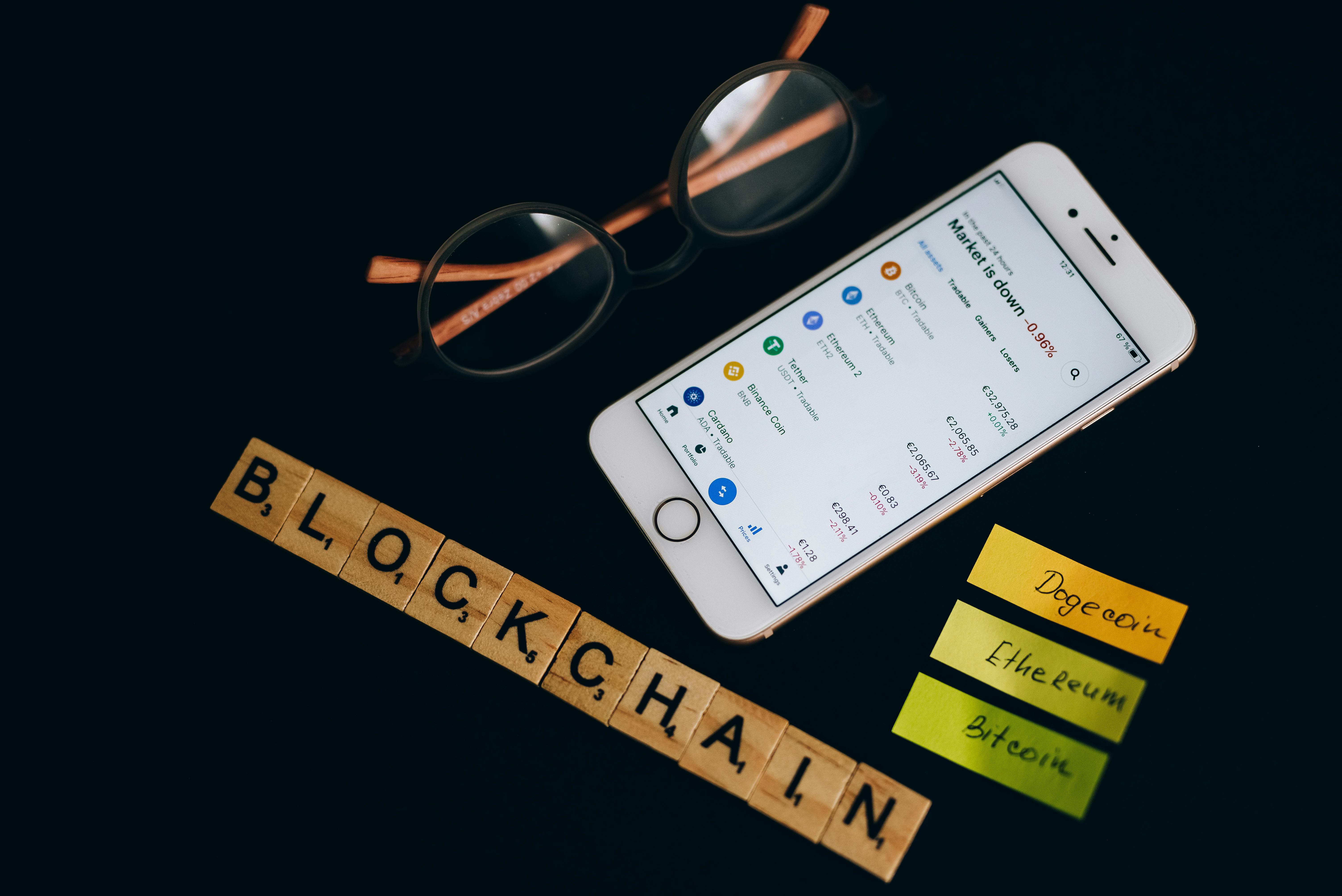
🔄 Differences Between Blockchain, L2s, and Rollups
Layer 1 Blockchain: The main blockchain (e.g., Ethereum, Bitcoin) handles all transactions, consensus, and security on-chain. It’s secure but slow (e.g., Ethereum: 15 TPS).
Layer 2 Solutions: Protocols like state channels or rollups process transactions off-chain, using Layer 1 for security. They’re faster and cheaper.
Rollups: A specific L2 type that batches transactions off-chain, posting data or proofs to Layer 1. Example: Optimism powers Uniswap’s low-cost trades.
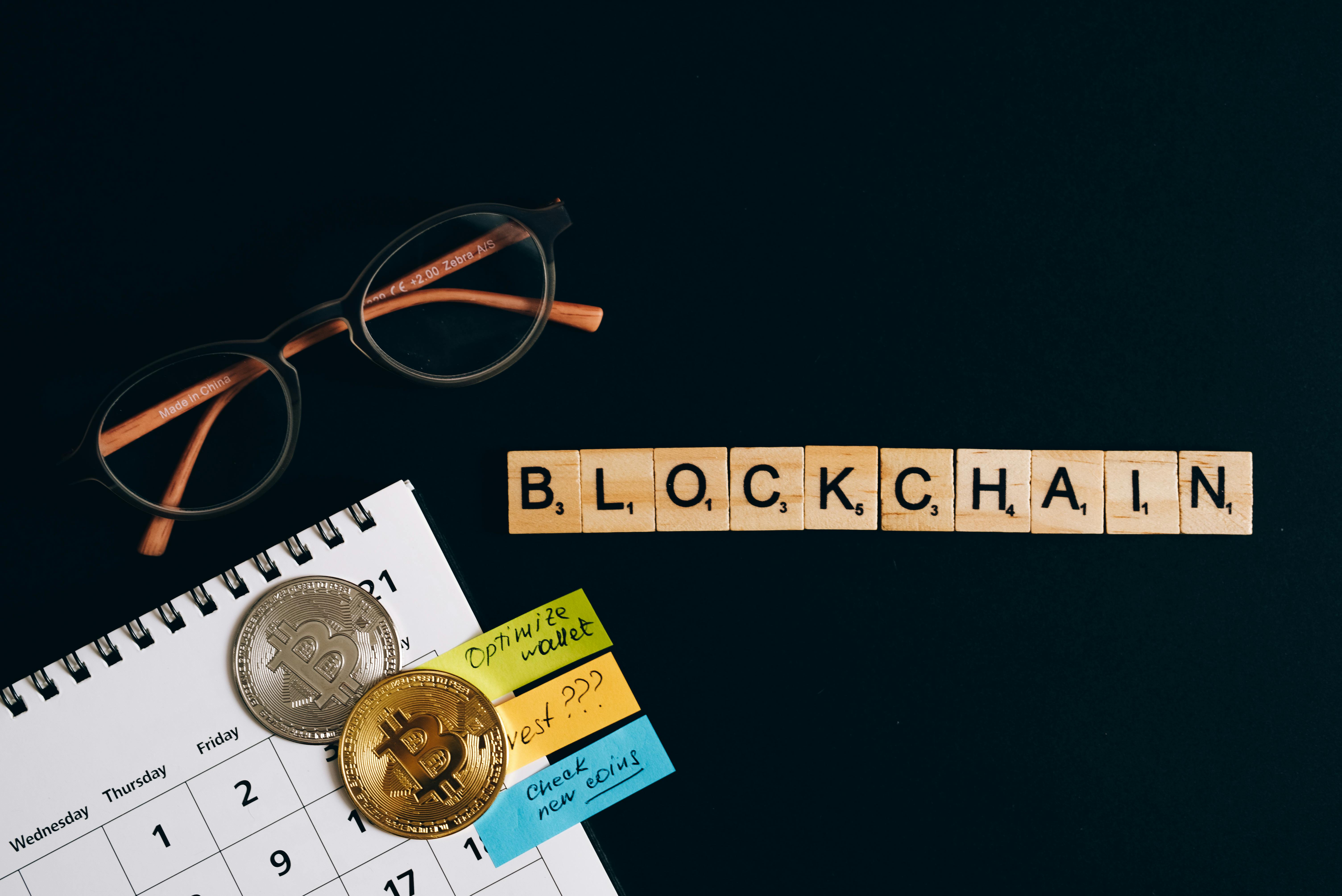
🚀 Embrace Layer 2 and Rollups in 2025!
In 2025, Layer 2 solutions and rollups are revolutionizing blockchain scalability. From Uniswap on Arbitrum to Gods Unchained on Immutable X, these technologies enable faster, cheaper transactions for DeFi, NFTs, and gaming. By processing transactions off-chain while leveraging Layer 1 security, L2s and rollups make dApps more accessible. Understanding their differences from traditional blockchains empowers developers and users to build and engage with scalable, efficient decentralized platforms. Dive into the future of blockchain today! 🌟
© 2025 Digital Insights | 🌐 Made with ❤️ for the blockchain revolution
.png)

Comments
Post a Comment